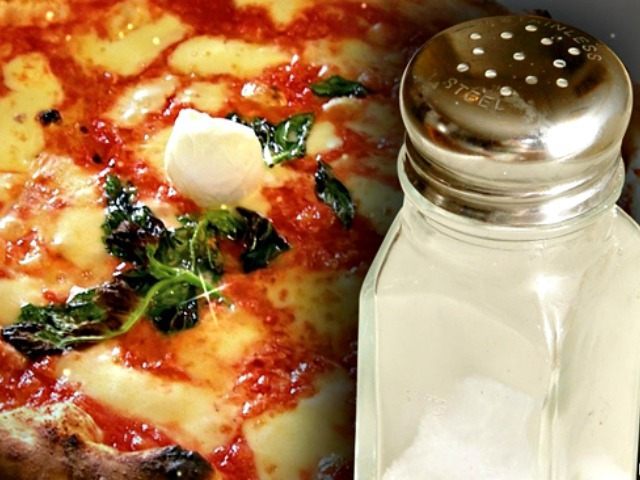Officials in New York City are now aiming to be the first to force restaurant chains to add salt warning labels on menus.
On Wednesday, New York’s Health Department will propose regulations that will require restaurants to add a salt shaker icon next to menu items that contain more than the federal government’s recommended daily limit of 2,300 milligrams of sodium, an amount equal to about oneteaspoon of salt.
The city maintains that heavy intake of salt increases the risk of high blood pressure, heart attack, and stroke. The city also says that intake of more than 3,400 milligrams daily is dangerous.
City officials, though, claim that they don’t want to force restaurants to change their food.
“This doesn’t change the food. It enables people to identify single items that have a level of salt that is extremely high,” Dr. Mary Travis Bassett, commissioner of the New York City Department of Health and Mental Hygiene, told the media. “So that they can modify their menu selections accordingly.”
Michael Jacobson, executive director for the Center for Science in the Public Interest, is very excited by the new regs.
“High sodium levels are probably the biggest health problem related to our food supply,” said Jacobson. “New York City is showing true leadership in doing what it can do to lower sodium levels in restaurants by highlighting to consumers the dishes that are the most outlandishly high in sodium.”
While activists hail the move as a drive toward healthy eating, naturally the salt industry says the move is “misguided.”
“The symbol is based on faulty, incorrect government targets” discredited by more recent research, said Lori Roman, the president of the Salt Institute. “They’re too low … and if followed, could actually harm people.”
Roman may have a point. More recent studies have begun to claim that the low levels of salt recommended by the government may actually be bad for us.
In 2014, Andrew Mente, a professor at McMaster University in Ontario, insisted that, “There is no longer any valid basis for the current salt guidelines.” In his piece published by the American Journal of Clinical Nutrition, Mente went on to ask, “Why are we still scaring people about salt?”
Another expert said that all the salt warnings are false alarms.
Suzanne Oparil, a former president of the American Heart Association, said, “The current [salt] guidelines are based on almost nothing. Some people really want to hang onto this belief system on salt. But they are ignoring the evidence.”
Follow Warner Todd Huston on Twitter @warnerthuston or email the author at igcolonel@hotmail.com

COMMENTS
Please let us know if you're having issues with commenting.